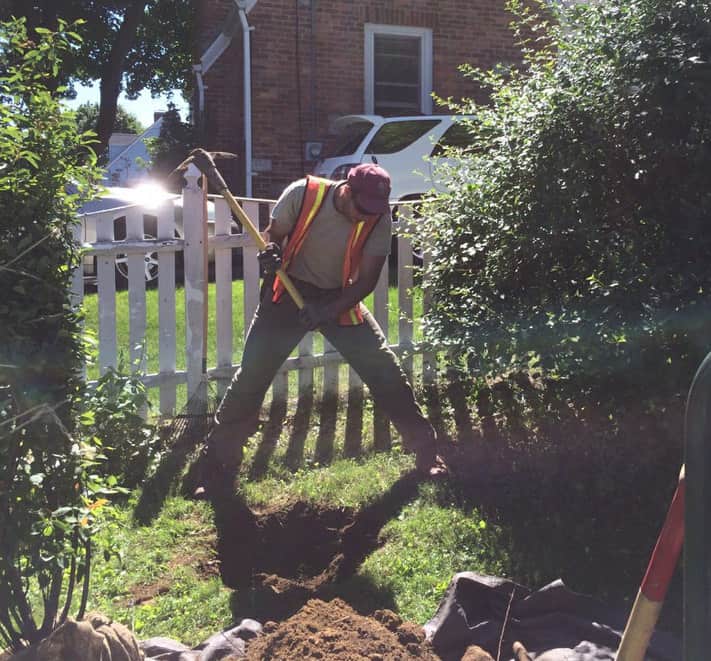It’s been a surprisingly long eight and a half years since I did Adamah in the fall of 2006. I was just 22 then, and had recently returned from a stint trading farm work for room & board as a WWOOFer in Kealakekua, HI. It occurred to me then that Judaism and natural cycles shared something more in common than I had been led to believe, and it was on that conviction that I applied to Adamah. Those three months spent ankle-deep in compost and soul-deep in community helped shape the mindset and language with which I’ve come to my current work as an Urban Forester with the Massachusetts Department of Conservation & Recreation’s Greening the Gateway Cities program in Holyoke, MA.
As an urban forester, my job can be delightfully simple: plant trees. On the other hand, there is something profoundly unsettling about work whose success is ultimately based on maturity measured in decades. I approach work each day (sometimes humming an Avodat Lev melody) carefully balancing the attitude that those truths bring about.
Besides its everlasting melodies, I feel Adamah’s most meaningful impacts when I go through the daily routines that comprise my life. I learned at Adamah to impart the ordinary with holiness; sweeping a dusty trailer has becomes a moment for quiet contemplation and focused breathing, and planting in active gang neighborhoods becomes a practice of compassion, if not trust.
These days, I feel rooted and appreciated within concentric circles of community, including the rarely overlapping communities of Jewish farmers and Jewish rugby players. (I’ve played on and off for the Boston Maccabi rugby club for several years.) In order to more regularly stay a part of the Adamah community, I’ve recently begun volunteering with Shamu to rejuvenate Adamah’s orchards. With some patience and gratitude, the trees will continue to produce fruit for many years to come.





Comments are closed.